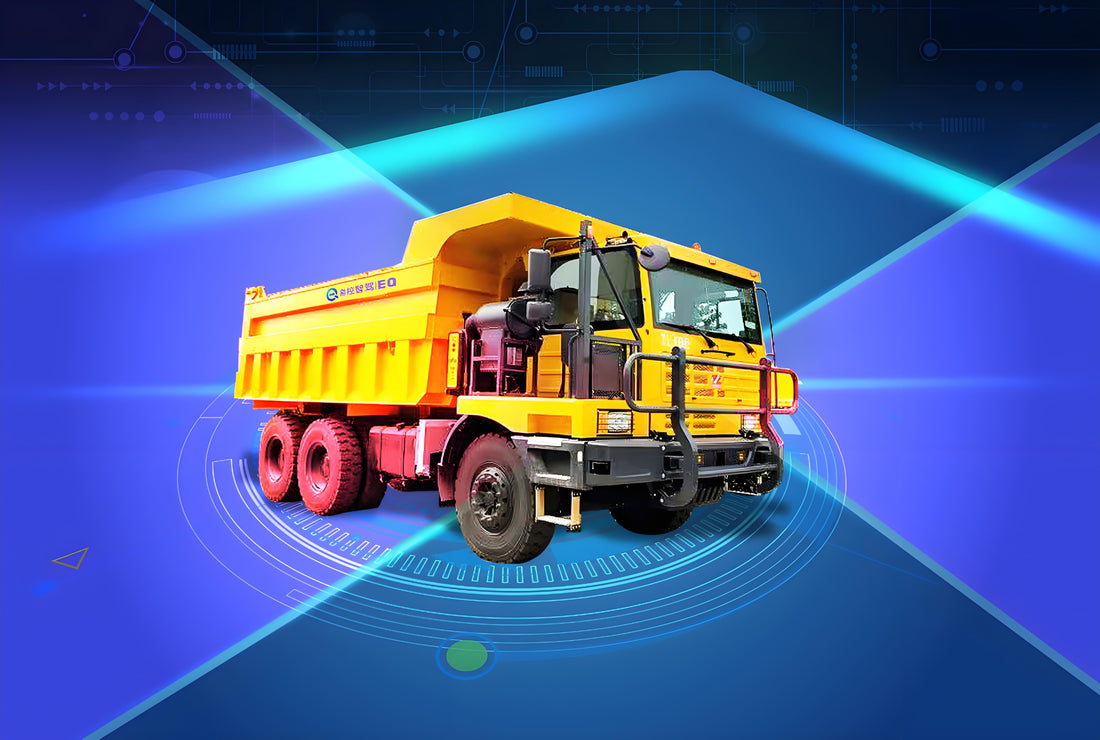
Autonomous Driving & AI in Commercial Vehicles: Europe vs. China
Share
In recent years, with rapid advances in AI, big data, and 5G, autonomous driving has expanded from passenger cars to commercial vehicles, especially in mines, ports, and logistics parks. These semi-closed environments are ideal for autonomous trucks, offering higher efficiency, improved safety, and lower labor costs, gradually replacing manually operated vehicles.
I. Key Application Scenarios
- Mining Transport
Mines have fixed routes, high risks, and labor shortages, making them ideal for early autonomous deployment. Driverless mining trucks reduce costs and boost safety. - Port Container Transport
Ports need efficient container handling. Autonomous terminal trucks enable 24/7 operations and can integrate with port scheduling systems, significantly improving productivity. - Industrial Parks & Logistics Hubs
In large warehouses and industrial zones, autonomous trucks handle intra-park transport and short-haul shuttling, cutting human involvement and boosting efficiency.

II. Development Comparison: Europe vs. China
1. Europe: Regulation-First & Technology-Driven
Europe takes a cautious approach, especially on public roads, but in closed areas (mines, ports), progress is strong.
- Regulations: Strict safety and ethical standards apply to testing and operations under EU and national laws.
- Industry Strength: Global leaders like Daimler, Volvo, and Scania have deep hardware expertise and strong system integration capabilities.
- Applications: Autonomous heavy trucks and terminal tractors are already operating at Nordic mines and German ports, achieving remote control and early unmanned operation.
2. China: Policy-Driven & Scenario-Focused
China’s autonomous commercial vehicle market grew rapidly, driven by policy support and investment. China’s complete supply chain and rich application scenarios (mines, ports, logistics parks) accelerate large-scale deployment.
- Policy: National and local governments actively support autonomous testing and demonstrations, particularly in mining and ports.
- Industry Practice: Companies like Ansteel, Zijin Mining, and Shenhua partner with tech firms to build 5G smart mines. Autonomous container trucks already operate at Tianjin, Xiamen, and Qingdao Ports.
- Technology: Collaboration between AI companies, sensor suppliers, and vehicle manufacturers has created a mature ecosystem, with some technologies reaching global leadership.

III. Key Challenges for Future Scaling
- Unified Standards & Regulations
China and Europe lack harmonized technical standards and liability rules, hindering cross-border operations. Disputes over accident liability and data usage remain unresolved. - Reliability in Harsh Conditions
Mines and ports experience extreme weather, dust, and complex roads. Improving sensor stability, V2X reliability, and anti-interference performance is critical. - Cost & Business Model Issues
Most autonomous trucks are still in pilot stage with high retrofitting costs. Scaling up and finding profitable business models is a major challenge.
Conclusion
Autonomous driving and AI will play a growing role in commercial vehicles. China, with policy, supply chain, and application advantages, leads in commercialization. Europe, with technology strength and regulatory leadership, excels in core technologies and standards setting. To achieve global adoption, the industry must solve technical, legal, and economic challenges to fully unlock the potential of autonomous commercial vehicles.
